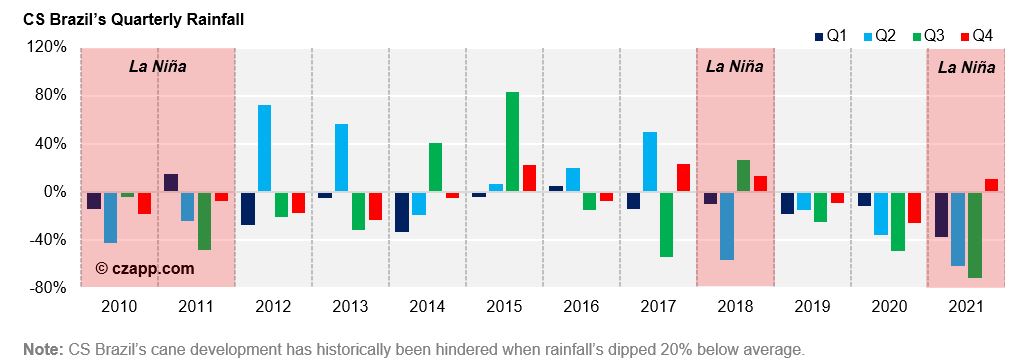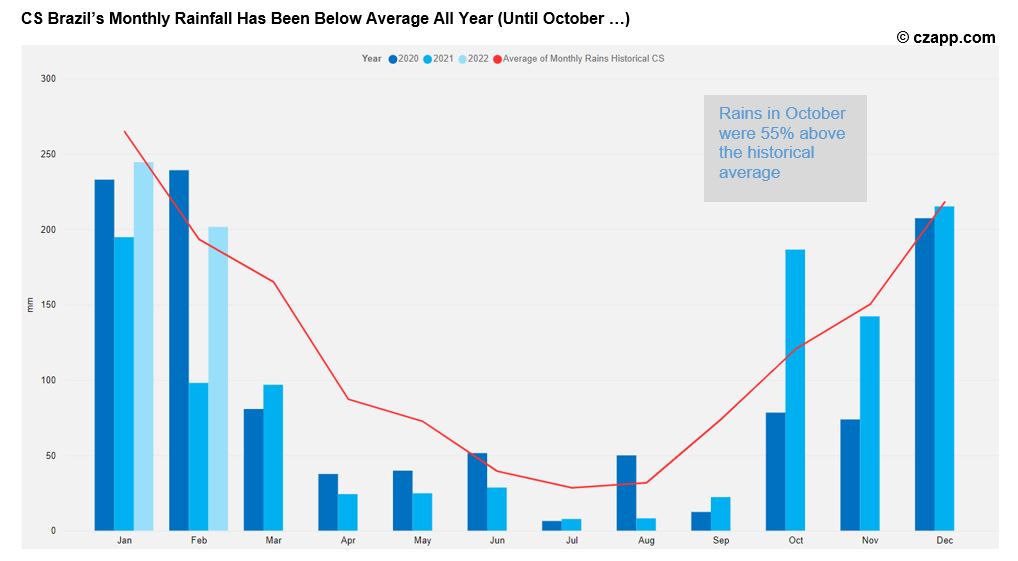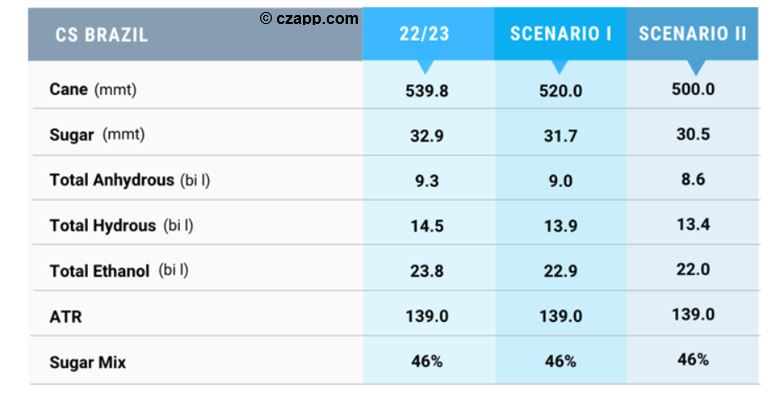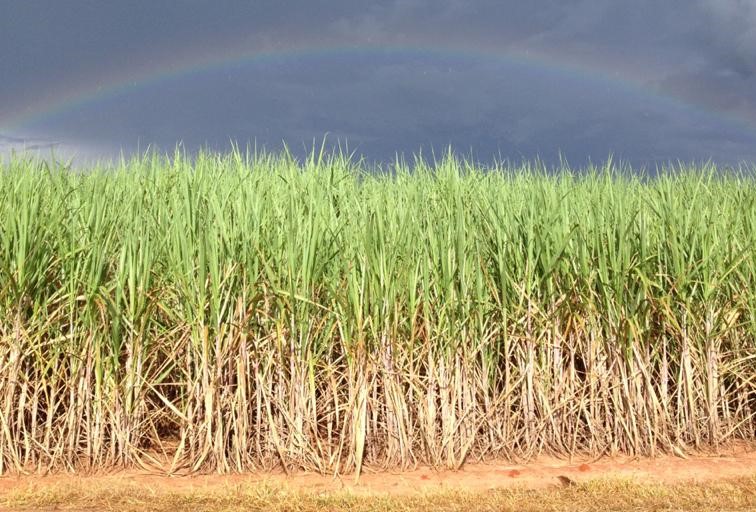- A La Niña looks increasingly likely for CS Brazil, meaning rainfall could be poor in Q1’22.
- This is the last thing CS Brazil’s needs following the 2021/22 drought.
- Q1’22 will be an essential period for cane development, so poor rains could limit any potential rebound.
A La Niña Looks Increasingly Likely for CS Brazil
- Some meteorologists now believe there’s an 87% chance CS Brazil gets hit by a La Niña in the coming year – two months ago this number was 60%.
- This is concerning, as it could result in below-average rainfall through Q1’22, hindering cane development.

What Does This Mean for CS Brazil’s 2022/23 Cane Crop?
- CS Brazil’s cane production was poor in 2021/22, as the region was hit by both frost and drought.
- The result was reflected in lowest agricultural yields of the decade, down by around 14% year-on-year.

- This year’s unfavourable weather conditions, coupled with the increased likelihood of a La Niña could mean CS Brazil’s 2022/23 cane crush could be lower than our current estimate of 540 mmt.

- CS Brazil’s rainfall was 55% above the historic average in October.
- Although this will have been beneficial for cane, no rains are important as those that fall in Q1 next year.
- This is an essential period for cane development, as these rains are responsible for around 70% of the plant’s water requirement.
- So, if rainfall is below average in Q1’22, CS Brazil could crush just 500m tonnes of cane in 2022/23, making it the smallest volume since 2011/12.

- On the other hand, we must remember that weather forecasts aren’t the most reliable and the likelihood of a La Niña could reduce.
- For this reason, we stand by our more positive outlook that CS Brazil will crush 540m tonnes of cane in 2022/23.
What is the La Niña Phenomenon?
- In short, a La Niña cools the oceans, which, in turn, affects rainfall and temperatures.
- In Brazil, the phenomenon has historically intensified rainfall in the North and Northeast regions and weakened it in the South.
- As for the Southeast and Midwest, they do not present a characteristic change of pattern in precipitation and temperature.
- However, they historically tend to have dry and mild temperatures.
- For context, two La Niñas have been recorded in Brazil across the last two years; one in 2020 and another in 2021.
- In the first case, CS Brazil’s precipitation dropped 23% below the historic average.
- And in 2021, we think rainfall will end up 28% below the historic average – according to the latest forecast.
Click here to read a more thorough explanation of the La Niña phenomenon.

Other Opinions You Might Be Interested In…













